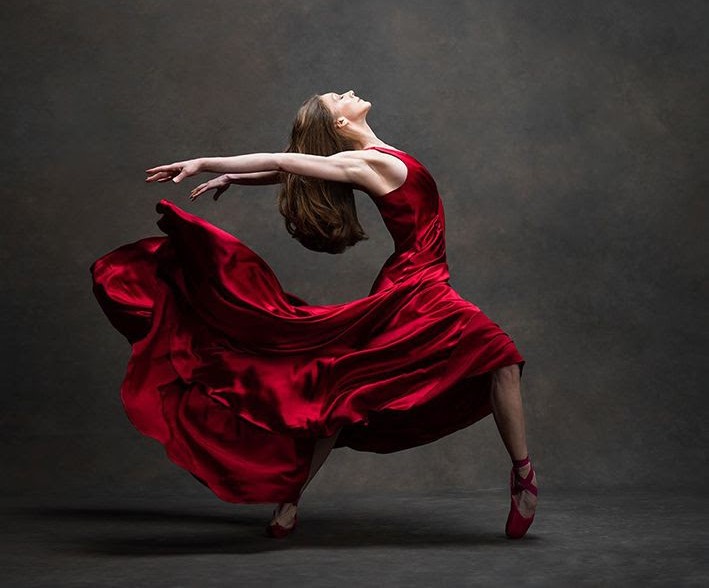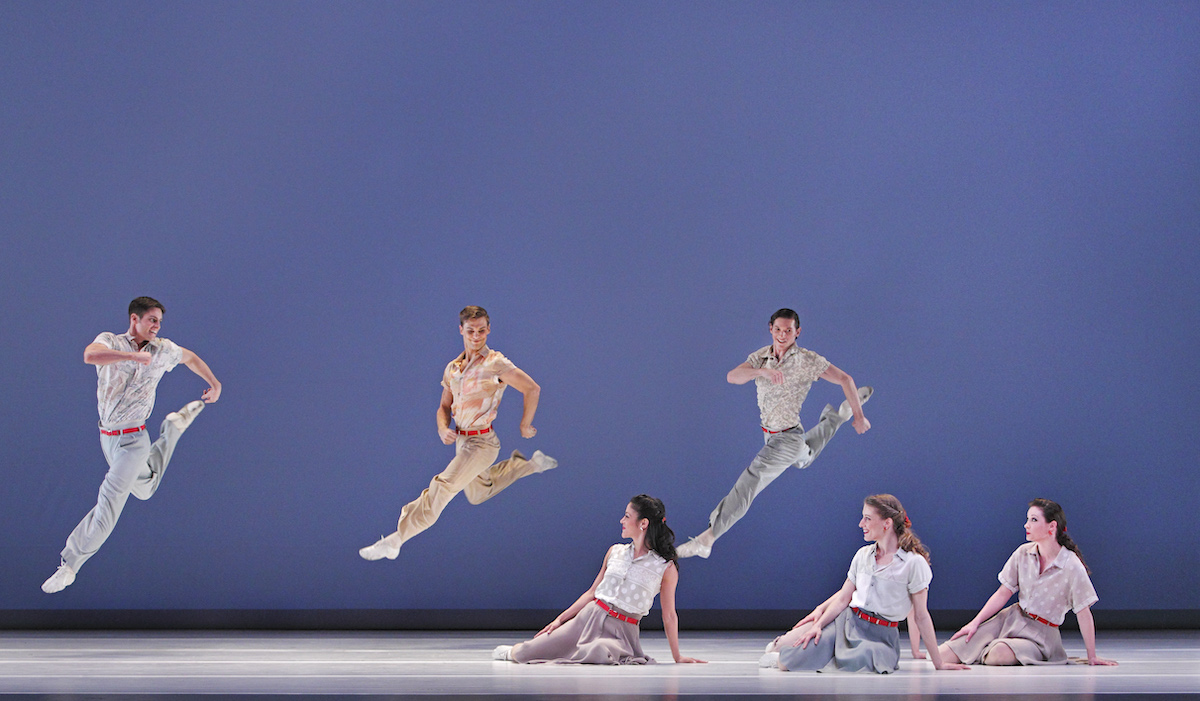10 (And a Few More) Tix Not To Miss: Dance
We’ve lived on dance videos for the past year, but the time has come for live dance performances. And there will be many.

We’ve lived on dance videos for the past year, but the time has come for live dance performances. And there will be many.
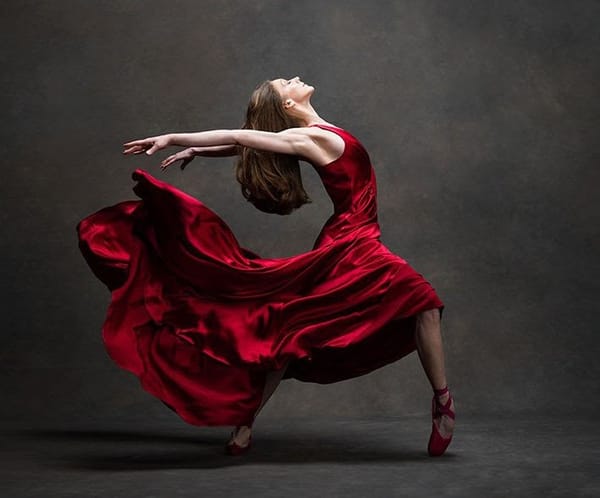
Maria Kowroski, New York City Ballet
Surely a sign of a “return to normalcy” is that arts writers are getting these sorts of assignments again! While these can create (for this writer, anyway) a fair amount of hand-wringing — many worthy events don’t make it on The List — this time around I’ll instead just celebrate the fact that live dance performances are coming back to this region, and in such droves, that a list is warranted. Most of the performances will happen outdoors, and each venue will have safety protocols, distancing, masking, etc., firmly in place. For those who aren’t able or ready to venture back into the land of on-site viewing, there is still lots of really great dance on offer virtually. Below, however, is a glimpse of some of the great live dance that’ll be happening in our area.
1. The setting for Pam Tanowitz’s world premiere, “I was waiting for the echo of a better day,” a site-specific work set “against the spectacular backdrop of the Hudson River and the sun setting behind the Catskill Mountains” is as enticing as is the collaboration between the choreographer and composer Jessie Montgomery, two outstanding artists in their respective genres. Tanowitz’s work for her own company is often lively yet poetic, the charged movement phrases full of Merce Cunningham-esque whimsy (severe angles softened by the dancers’ floating alignment) smartly and playfully spiked with ballet vocabulary. As with many of Tanowitz’s works, Montgomery’s composition will be performed live — a treat not always possible in the dance world. July 8-10.
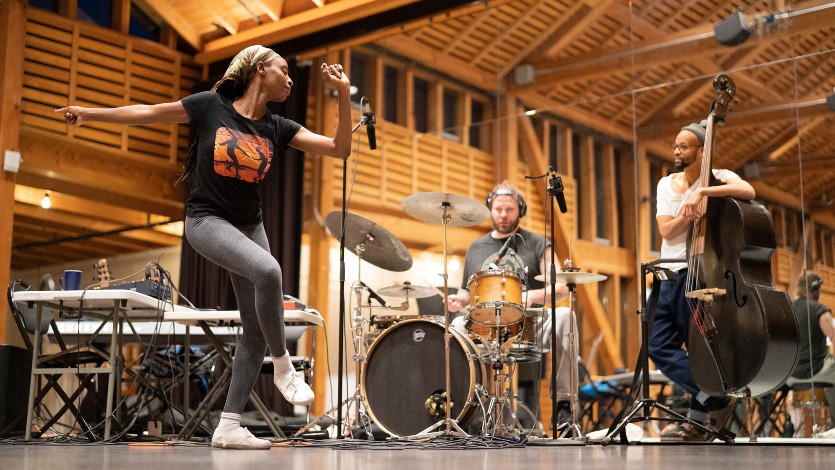
Dorrance Dance. Photo: Olivia Maggi
2. How glorious, for this precious National Historic Landmark, to celebrate the return to its “usual” summer festival, in the week leading up to Independence Day, with a program of tap dance — as American as apple pie. Even more delicious that the performances star none other than the exceptional Michelle Dorrance and her equally formidable, frequent collaborators Josette Wiggan-Freund and Nicholas Van Young, in addition to other dancers and musicians. The first time Dorrance presented her choreography at the Pillow was in 2011, on the outdoor stage; since then she and a glorious potpourri of colleagues have become like family members, with their frequent engagements at the Pillow performed in the “main” indoor theaters, the Ted Shawn and the Doris Duke. The Duke theater was lost in a terrible fire in November; the Shawn is undergoing necessary renovations this year — and then, of course, there’s COVID. So Dorrance Dance will once again skitter and shuffle and slide across that outdoor stage, against the spectacular background of the Berkshire hills. June 30-July 4.
3. It makes perfect sense that a lot of artists have made poignant, even somber, works in response to this difficult, often tragic, COVID era. We should mourn. We should not forget. But we can also remember — if we are to do more than just trudge forward — joy. And how about joy as an act of activism? While “joyUS justUS,” the dance presented by the Los Angeles-based dance theater group CONTRA-TIEMPO, bubbles with joy, it also simmers with humanity and compassion. The piece isn’t a pandemic response (it was choreographed in 2018) but rather an abstract comment on, among other things, uprisings against various forms of oppression. Created collectively by the company members, the piece is infused with the troupe’s vibrant blend of genres including Salsa, Afro-Cuban, hip-hop, and contemporary/modern dance. July 7-11.

Ballet Hispanico. Photo: Christopher Duggan
4. Ballet Hispánico, the irresistible, versatile company was founded by Tina Ramirez in 1970, and although it has remained constant to its primary focus on Latinx culture through the lens of dance, it does so not by exoticizing its dancers and repertoire, but rather by “simply” presenting first-class performances. Artistic Director Eduardo Vilaro has said that the company is a “new envisioning of American modern dance,” a beautiful statement that — like the triple bill the company will perform at the Pillow — underscores the ways that Latinx artists have indeed enriched the genre. Gustavo Ramírez Sansano’s “18 + 1” is an infectious rollercoaster, a sweeping, cinematic, now wild, now intimate ride, wonderfully weird and human. The program digs deep into its history with excerpts from Vicente Nebrada’s 1982 “Batucada Fantåstica,” a sensuous homage to the Brazilian Carnival. But Latinx culture has indeed been subject to “othering,” appropriation, and stereotyping, and superstar choreographer Annabelle Lopez Ochoa’s “Tiburones,” made for the company in 2019, tackles, specifically, the caricatures of the “sharks” in the iconic 1957 musical/1961 movie “West Side Story.” July 14-18.
5. If the first part of Dallas Black Dance Theatre’s mission statement — “to create and produce contemporary modern dance at its highest level of artistic excellence through performances and educational programs” —could describe the work of many repertoire dance companies in this country, the next part — “that bridge cultures and reach diverse communities” — is anything but generic grantspeak, given that this 45-year-old company is almost entirely composed of Black and Brown dancers. Here, at long last, is the Pillow premiere of DBDT, and you’d probably better get your tickets soon because it’s likely to be a hot ticket — many, myself included, have only heard of the fabulousness of this company but haven’t seen it live. Aug. 4-8.
6. LaTasha Barnes/The Jazz Continuum is a lovely bookend to a lively arc that’s embedded in this Pillow season — begun with Dorrance Dance (see above) and continuing with Archie Burnett’s July 28-August 1 presentations of House, Club, and Street styles — a celebration/primer/exploration of several American dance forms created by or largely informed by Black artists. In this program the dancer, educator, choreographer, activist (among other titles) LaTasha Barnes, along with other dancers and musicians, will trace the throughlines that connect social dance forms like the Lindy Hop to its snazzy concert dance cousin, Jazz. One can (and should!) read the fascinating scholarship that exists about these genres and connections; but there’s nothing like “reading” that history — and the evolution, and the present moment — embodied in LaBarnes’ exquisite dancing, at once boneless and earthy. Aug. 11-15.
7. Calling all ballet nerds! (We know who we are.) Ballet Coast-to-Coast will serve up a buffet of dance to feast upon, but it’s all ballet, all the time, featuring three of this country’s finest ballet companies — Boston, Houston, and Pacific Northwest — each performing in their own section of the show and then joining together to perform Alejandro Cerrudo’s 2013 “Second to Last.” Cerrudo’s in-demand ballets are at times playful, at times evocative, but always filled with viscerally tactile movement. The series of pas de deux in “Second to Last,” set to a haunting composition by Arvo Pärt, are tender, some hinting at heartbreak, some whispering of tragedy. Aug. 25-29.

Martha Graham Dance Company
8. We’re just going to consider Kaatsbaan’s Spring Festival, with its veritable buffet of outdoor performances by well-known dancers, choreographers, and dance companies, as one whole must-see. And be sure to check out the full schedule, because this year the Festival is encompassing the worlds of music (Patti Smith!), poetry, sculpture and the culinary arts.
In the first week, American Ballet Theatre will have two performances to itself, featuring new works by ABT principal dancer James Whiteside and choreographer Helen Pickett, as well as various pas de deux from the company’s repertoire. ABT will also appear on a mixed bill that includes the renowned tap dancer and choreographer Michelle Dorrance’s company, and members of the Mark Morris Dance Group, who will present Morris’ witty 1992 solo “Three Preludes,” and excerpts from the 2014 rich and passionate “Words.” May 20-23.
The second week’s line-up begins with the premiere of “American Lyric,” a site-specific commission featuring live music and dance that audience members, equipped with wireless headphones, will experience “while wandering — safely distanced — through meadows.”
The remaining programs will showcase mighty dancers from three iconic troupes. The Martha Graham Dance Company will present “Conversation of Lovers,” an excerpt from Graham’s 1981 “Acts of Light,” and the recently reconstructed/re-imagined “lost” 1937 solo “Immediate Tragedy,” while Alvin Ailey American Dance Theatre will feature a duet choreographed by longtime company member Yannick Lebrun. Finally, three beloved, about-to-retire New York City Ballet principal dancers — Ask La Cour, Gonzalo Garcia, and Maria Kowroski — will be celebrated in three dances: “Pavane,” a solo by NCYB founder George Balanchine; “A Suite of Dances,” a solo choreographed by Jerome Robbins, and the elegiac pas de deux from Christopher Wheeldon’s “After the Rain.” May 27-30.
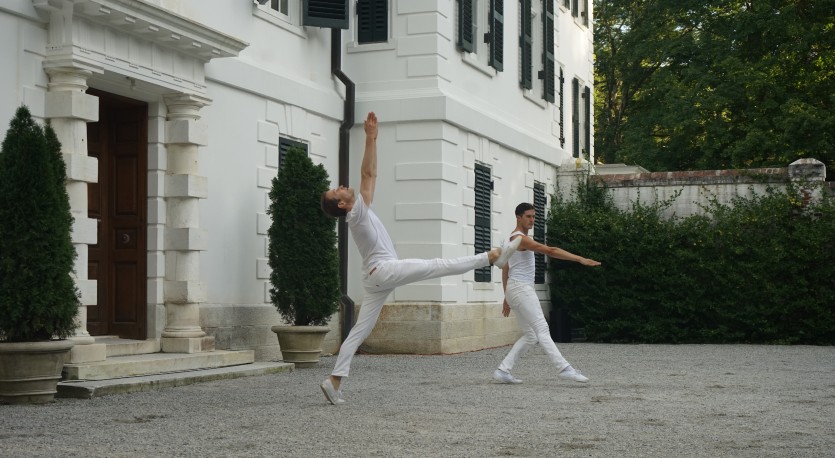
Ian Spencer Bell and Joshua Tuason in "Banderole." Photo: Christopher Kahn
9. “Silence,” Edith Wharton wrote, “may be as variously shaded as speech;” dance, meanwhile, can be a good deal more nuanced than words. How apt, then, that the dancer/choreographer Ian Spencer Bell — he’s also a lovely writer — has created a site-specific work, Banderole, at The Mount, the gorgeous “country house” Wharton designed and had built in 1902. Though the interior is fascinating, outside is where the magic of this place really lies. Bell and dancers Vanessa Knouse and Joshua Tuason will perform on the estate’s grounds as the audience “stroll from the stables to the mansion’s forecourt and gardens.” Try to catch a tour of the interior first, and then, yes, go forth and stroll. June 30-July 2.
10. Paul Taylor wasn’t in the first generation of American modern dance pioneers, but he became one of their most influential disciples, and his eponymous company is an American institution. Led today by former company member Michael Novak (handpicked by the now-late Taylor), the Paul Taylor Dance Company will present two programs over a three-week residency. Three of the works are Taylor classics: the July program is composed of the 1975 “Esplanade,” Taylor’s exhilarating, ingenious ode to “pedestrian” movements — the dancers walk, skip, run, with nary a “technical” step to be found — and the now-goofy, now-somber 1991 “Company B,” set to songs sung by the Andrews Sisters. The second program includes the 1962 “Aureole,” an elegant dance in which the dancers move in two seemingly incompatible ways, their torsos airy and lifted, balletic, their pelvises and legs weighted, low to the ground. Before Taylor died, his company had begun presenting works by other choreographers, and thrillingly, a reconstruction of Kurt Jooss’ (the German choreographer was one of the pioneers of “Tanztheater”) seminal 1932 work “The Green Table” will also be presented, with live music, on the August program. July 2-3; Aug. 7.
